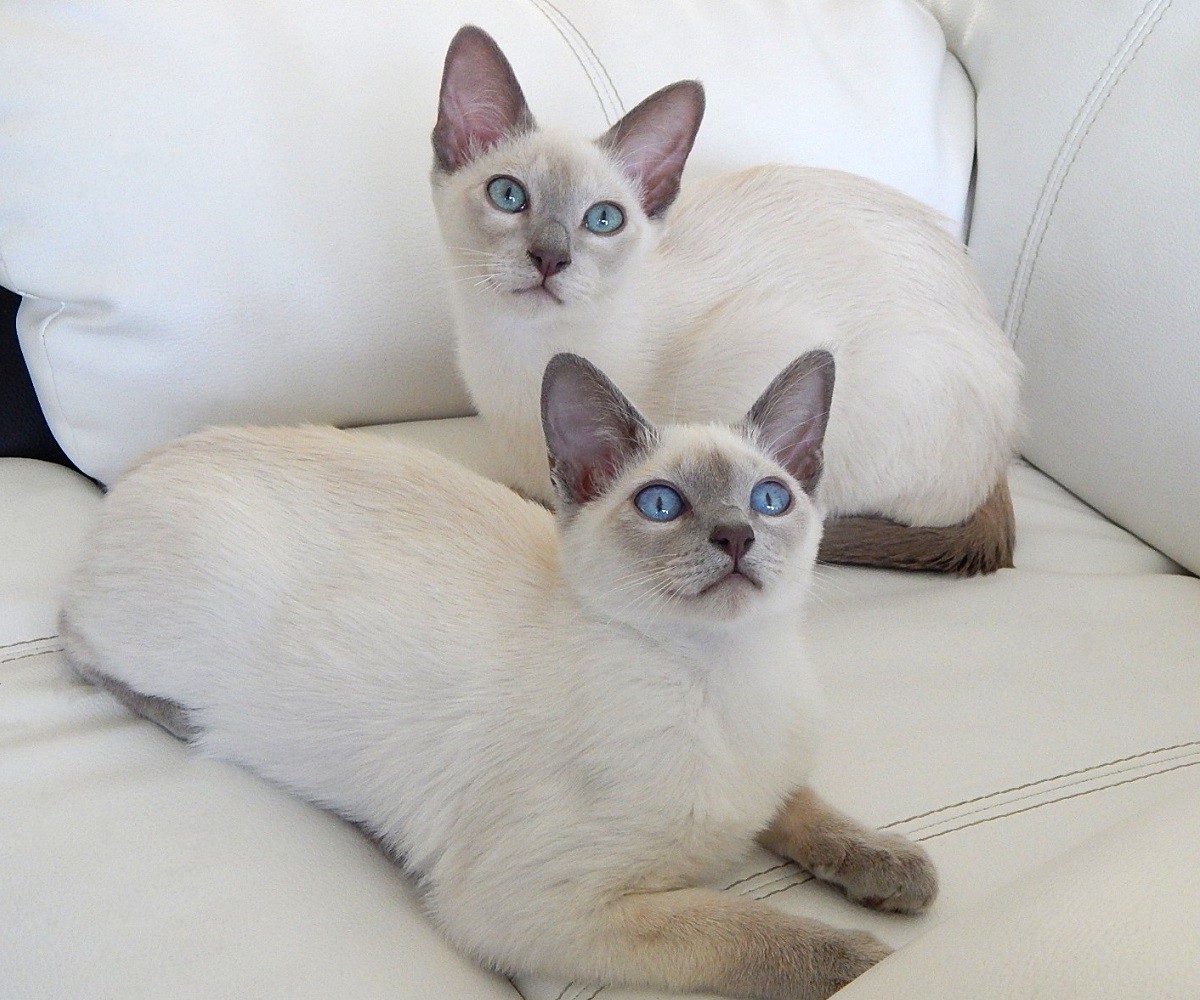As breeds go, the Turkish Van is one of the oldest. It's also one of the least well known, though almost every feline registry in the world acknowledges this cat as a distinct and separate breed. The ancestors of the modern Turkish Van have been roaming the mountainous areas of the Eastern Anatolian region of Turkey since at least the Middle Ages. They've probably been there much longer than that, but there is no real evidence one way or another.
Despite its ancient origins, the Turkish Van was only discovered in the 1950s. Laura Lushington and Sonia Halliday were travelling in Turkey when they spotted white cats with auburn markings covering their heads and tails. Intrigued, these ladies were able to acquire two of the kittens. The kittens travelled with the women until they returned to England. During these travels, the women noticed that the kittens, unlike other cats they had encountered, truly loved the water. They'd splash in fountains, run through puddles, and generally get into any water they could find. Because these kittens were unique in their look and attitude, Lushington and Halliday decided to start a breeding program in England.
But the Turkish Van is rare, even in Turkey, so there weren't many cats available to export to other nations. It took a concentrated effort, one involving breeders from all over the world, to preserve and promote this breed. Breeders were rewarded for their years or dedication with recognition by TICA in 1979. Other registries soon followed once it became clear that this breed was happy and healthy and very different from other breeds out there. Even his attitude was different. This guy might be rare, but he's a joy to behold.
The Appearance of the Turkish Van
Large and powerful, the Turkish Van can weigh up to 20 pounds, though 15 is a more common weight. Regardless of size, all of these cats have a van pattern coat, which means white and colored patches, with the colored patches being restricted to the head and tail. The white should be a pure white, not at all yellowed. There is the occasional Turkish Van that is pure white, with no markings of any kind, but these are rare and usually referred to as the Van Kedi. They are also not preferred in competition, though they are just as sweet as their van patterned counterparts. Eye color can vary, but most Turkish Vans have blue, gold, or odd-eyes.
The traditional color of the Turkish Van is a deep auburn, but most solid colors are allowed by most registries. Auburn is still the preferred color, however, so if you're looking for a show cat, you might want to look at auburn kittens. No matter what color your kitten is, this rare breed has silky fur that grows softer as he ages. Fur should be longer in the winter, long enough for the cat to have a generous tail plume, but sheds out much shorter in the summer. Grooming isn't necessarily an issue, but you should brush him out once a week and bathe him once in a while. He likes these things, so grooming and bathing is not difficult.
The Personality of the Turkish Van
Affectionate and loyal, this robust breed loves to play. He'll engage in a fun round of fetch, chase the kids as they squeal in delight, and even pester the dog into a rousing game of tag. Though he loves to cuddle, he's not overbearing at all. His great intelligence and love of people make him a great companion for just about any household.
Unlike most cats, the Turkish Van loves water. Whether it's a dripping faucet or a sprinkler in the backyard, expect your kitty to be fascinated. A happy Turkish Van is one who has room to run and splash, so consider adding a water feature to your yard so he can have some fun. Even an indoor fountain will make him happy, though he might make a mess with all his splashing. He might even swim in a pool--even if you don't want him too!
If you're looking for a fun and engaging companion who likes to hang out at the poolside, the Turkish Van might be for you.



